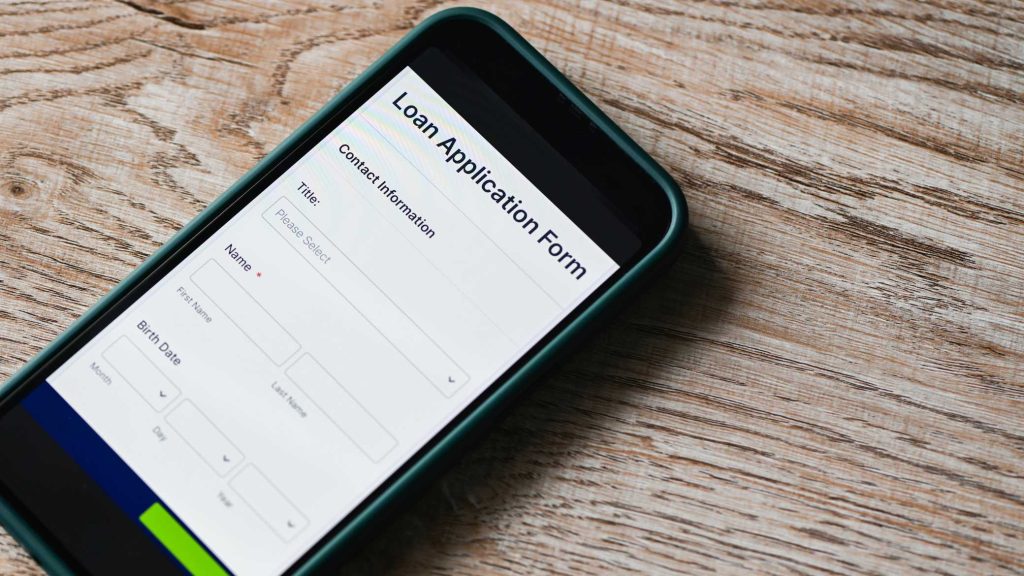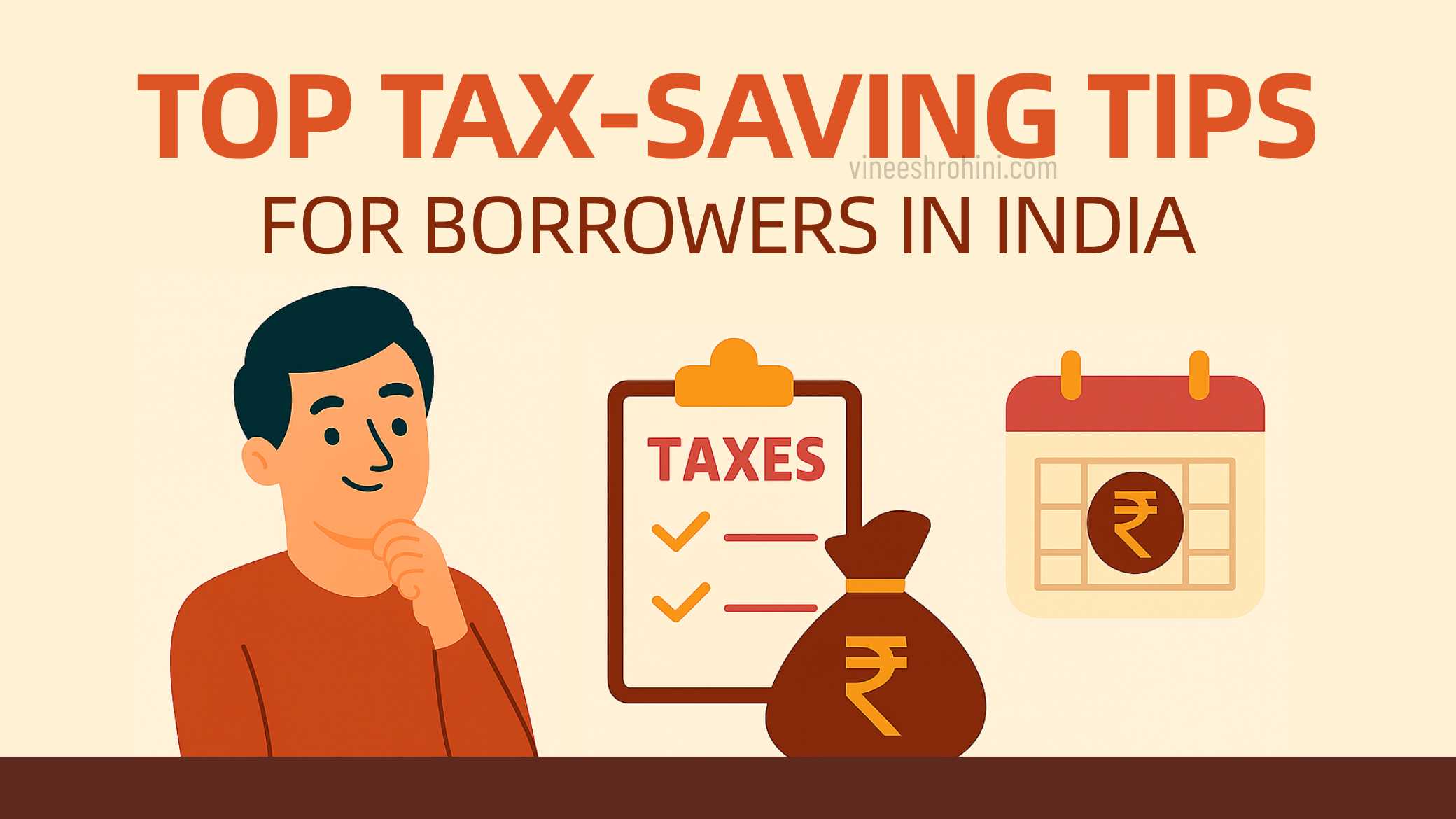Personal Loan Balance Transfer: How It Works : Comprehensive Guide 2025
Personal Loan Balance Transfer : In today’s financial landscape, personal loans have become one of the most common tools for managing short-term and medium-term financial needs. Whether it’s for medical expenses, wedding costs, travel plans, or debt consolidation, individuals often resort to personal loans due to their unsecured nature and quick processing. However, as the financial markets evolve and new lending institutions emerge with competitive interest rates, borrowers are increasingly turning toward personal loan balance transfers as a strategic way to manage their loan repayments and reduce financial burden.
Table of Contents
This comprehensive guide delves deep into the mechanics, benefits, drawbacks, and considerations involved in personal loan balance transfers, providing you with all the essential knowledge to make an informed financial decision.
What Is a Personal Loan Balance Transfer?

A personal loan balance transfer refers to the process of transferring your outstanding personal loan amount from your existing lender to a new lender offering better terms—usually a lower interest rate. This facility is primarily availed of by borrowers who are looking to reduce their EMI (Equated Monthly Instalment) burden, lower interest costs, or access better customer service from another financial institution.
Also Read : What is the Processing Fee on Personal Loans ?
The new lender repays your existing loan in full and issues a new personal loan to you for the outstanding amount. You continue your repayments to the new lender as per the agreed terms.
Why Do People Opt for a Personal Loan Balance Transfer?
The primary motivator behind opting for a personal loan balance transfer is financial relief. Let’s look at the reasons in detail:
- Lower Interest Rates: The most common reason people choose to transfer their personal loan is the chance to avail of a lower interest rate, potentially reducing the total interest paid over the loan tenure.
- Reduced EMI Burden: With a lower interest rate and possibly a longer tenure, your monthly EMI amount could be reduced, offering greater cash flow flexibility.
- Top-up Loan Facility: Many financial institutions offer an additional top-up loan amount along with the balance transfer, which can be used for any personal financial need.
- Better Service and Support: If you are dissatisfied with your current lender’s customer service, switching to a more responsive and tech-enabled institution could improve your overall borrowing experience.
- Restructuring Debt: Sometimes, restructuring your repayment plan via a balance transfer can help manage your debt better, especially if you’re juggling multiple loans.
How Does a Personal Loan Balance Transfer Work?
Let’s break down the process of a personal loan balance transfer into a step-by-step guide:
- Evaluate Current Loan Terms: Begin by checking your existing loan terms, including the outstanding principal, interest rate, tenure remaining, foreclosure charges, and other fees.
- Research and Compare New Lenders: Look for banks or NBFCs offering better interest rates, favorable repayment options, minimal processing fees, and added benefits such as a top-up loan.
- Check Eligibility: Every lender has its own eligibility criteria, which may include credit score, income level, employment stability, and repayment history. Make sure you qualify before applying.
- Apply for the Balance Transfer: Once you find a suitable lender, submit an application along with required documents like ID proof, income proof, existing loan statement, and address proof.
- Loan Sanctioning and Disbursement: The new lender evaluates your application, and upon approval, pays off your outstanding loan directly to the old lender.
- New Loan Account Creation: A new loan account is created in your name with the new lender. Your EMI schedule is reset as per the new loan terms.
Eligibility Criteria for Personal Loan Balance Transfer
While specific criteria may vary, general eligibility includes:
- A stable monthly income (usually ₹20,000 or more)
- A credit score of 700 or above
- Minimum 12 EMIs already paid to your current lender
- Age between 21 and 60 years
- Indian residency and proper documentation
Documents Required for Personal Loan Balance Transfer
Here’s a typical list of documents required:
- PAN card and Aadhaar card (ID proof)
- Address proof (utility bills, passport, etc.)
- Income proof (salary slips, bank statements)
- Existing loan statement and foreclosure letter
- Employment certificate or offer letter (for salaried individuals)
When Is the Best Time to Opt for a Balance Transfer?
Timing is critical in determining the effectiveness of a balance transfer. Ideally, the best time to transfer a personal loan is during the early stages of the loan tenure. Here’s why:
- In the initial years, most of your EMI goes towards interest repayment. If you switch early, the lower interest rate of the new loan will help you save more in the long term.
- Avoid transferring in the last year of your loan term, as the cost of processing fees and paperwork may outweigh the interest savings.
Benefits of Personal Loan Balance Transfer

- Substantial Interest Savings: Even a 1-2% reduction in interest rate can lead to significant savings over time.
- Improved Loan Terms: You can get better terms such as longer tenure, flexible EMIs, or more transparent service.
- Top-Up Option: Additional funds can be availed along with the balance transfer to meet new financial needs.
- Debt Consolidation: If you have multiple loans, some lenders offer consolidated repayment options via a balance transfer.
- Credit Score Boost: Successfully transferring and continuing repayments with a new lender on time can positively impact your credit score.
Drawbacks of Personal Loan Balance Transfer
- Foreclosure Charges: Your current lender may impose foreclosure charges, typically ranging from 1-5% of the outstanding loan amount.
- Processing Fees: The new lender may charge a processing fee of 1-2% of the transferred amount, which could negate the interest savings.
- Reset of Loan Tenure: Extending your tenure for EMI relief may lead to higher overall interest outflow.
- Impact on Credit Score: Multiple inquiries in a short time for balance transfer applications may temporarily lower your credit score.
- Tedious Process: Gathering documentation, coordinating with lenders, and navigating paperwork may take time and effort.
Factors to Consider Before a Personal Loan Balance Transfer
- Interest Rate Difference: Ensure the new lender offers at least 1-2% lower interest rates compared to your current rate.
- Total Cost of Transfer: Consider all associated charges—processing fees, foreclosure charges, documentation fees, etc.
- Tenure and EMI Options: Analyze how the new repayment plan aligns with your financial goals.
- Lender Credibility: Choose a well-established bank or NBFC with positive customer reviews and a track record of service.
- Top-Up Loan Necessity: Only take a top-up if genuinely required. Don’t be tempted into unnecessary borrowing.
- Hidden Terms and Conditions: Read the fine print carefully, especially clauses about penalties, late fees, and prepayment rules.
How to Calculate Savings on a Personal Loan Balance Transfer
Use a balance transfer EMI calculator to compute your monthly payments, interest outgo, and total savings. Here’s how you can evaluate:
- Note the outstanding loan amount, remaining tenure, and current interest rate.
- Enter the new interest rate, tenure, and processing fee offered by the new lender.
- Calculate the total repayment amount in both cases.
- Subtract the costs (processing fees + foreclosure charges) from the interest saved.
If the net saving is substantial (usually ₹10,000 or more), the transfer is worth considering.
Common Mistakes to Avoid During Balance Transfer
- Ignoring hidden charges and prepayment penalties
- Not reading the fine print of the new loan agreement
- Falling for aggressive sales pitches without due diligence
- Extending the loan tenure unnecessarily to reduce EMI
- Applying with multiple lenders simultaneously, affecting credit score
Personal Loan Balance Transfer – Conclusion

A personal loan balance transfer can be an excellent financial decision when used strategically. It offers the opportunity to lower your EMIs, reduce interest burden, access top-up loans, and restructure your debt. However, the key lies in timing it right, comparing multiple offers, evaluating the total cost, and ensuring the new lender is reliable and transparent.
Buy Now : Stock Market A to Z Courses
While the process may seem slightly complex due to documentation and fees, the long-term savings and benefits often make it worthwhile. Always use loan calculators, research the lender thoroughly, and consult a financial advisor if needed to make the most informed decision. If executed well, a balance transfer can serve as a smart step towards better financial health and enhanced borrowing power in the future.
Disclaimer: The information in this guide is for educational purposes only and should not be considered financial advice. Interest rates and policies vary across lenders and are subject to change.



